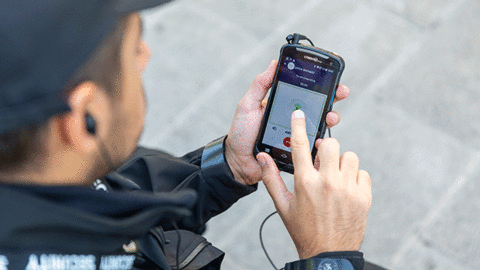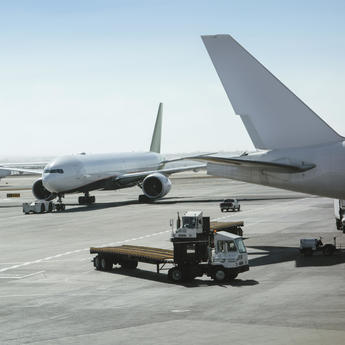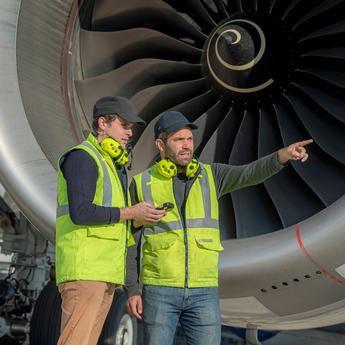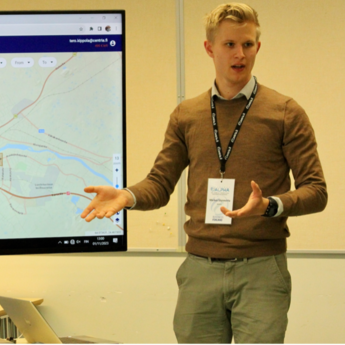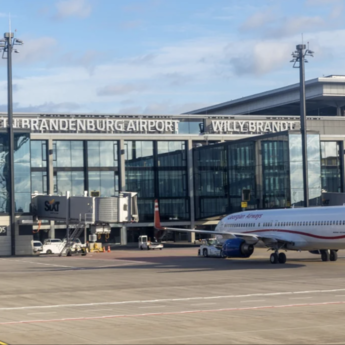Navigating communication challenges in airports
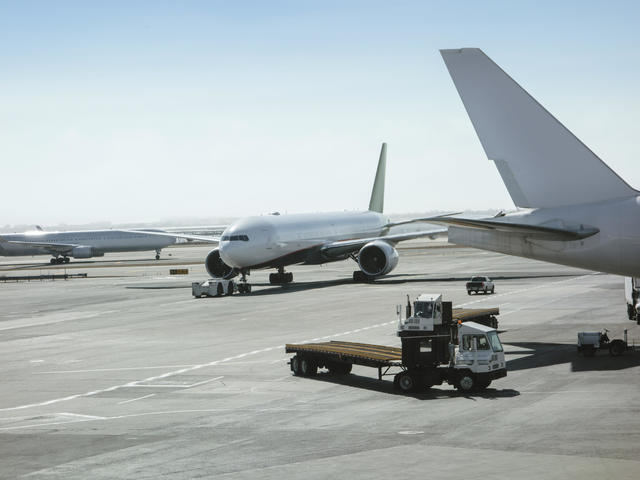
While the air transportation industry keeps growing, the market is facing new challenges. Handling the increasing number of passengers and air cargo alone requires even greater attention, not to mention the demanding environmental and operational standards set to the industry.
To meet these new challenges, all airport operations must be seamless, secure and functioning in real-time.
In operations, efficiency is key to proactively preventing or reducing disruptions, their impacts, and associated costs. Should an issue occur, rapid response is paramount to avoid or minimise delays. Operational workers need to focus on what is important and relevant, while their managers and coordinators must stay updated on the situation on the ground in real time to make informed decisions.
One key factor is efficient and fast communication between the relevant stakeholders, such as operational users, coordinators, managers, and experts. This is further enhanced by the collaboration between different legal entities, such as the airport, ground handlers, and airlines. Despite using different tools and processes, all parties share a common objective: achieving high On-Time Performance (OTP).
Disruptions arising from traditional communication practices and tools result in delays, negative passenger experiences and additional costs for all operators in the industry.
In this blog post, we delve into the four most common communication flaws that cause operational, reputational, and financial damages for airports, airlines, ground handlers and other stakeholders.
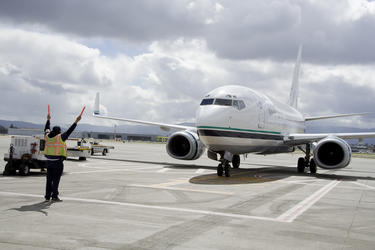
1. Irrelevant communication
Current communication tools at the airports are not easily manageable for supporting regular changes, such as late arrivals, gate allocation, and other specific requirements. Talk groups are fixed and not dedicated to a specific operation. Users are constantly bothered by voice messages, information or alerts that are not dedicated to them. Messages for everyone is a message for no one. The consequences include repetitive communication, limited accessibility, low responsiveness, and unnecessary stress. Operational inefficiencies are generating financial costs and additional time that could be easily fixed.
A real-life scenario: A gate agent needs additional wheelchairs for upcoming flights. He uses a radio to alert the coordinator and colleagues, but no one responds. After some time without an answer, he repeats the request while simultaneously managing passenger inquiries. After four attempts, he finally obtains the relevant contact details and uses his mobile phone to call the person responsible for providing extra wheelchairs at the arrival gate. What if your team had immediate access to the right people?
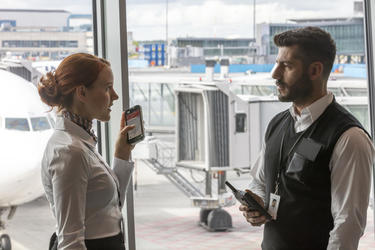
2. Security of the communication channels
Security is everything in the air transportation industry. Whether it’s regarding passengers, cargo or the airport operations themselves, security breaches cannot be allowed. Still, the current communication channels used within the airport teams do not always meet these security expectations. The teams operating at airports around the clock even resort to using free, non-secure messaging platforms. While not intentional, this kind of negligence might lead to critical errors.
Real-life scenario: A field operator reports a toilet issue by sharing pictures through a public messaging app. The information is widely circulated within the group. Some former colleagues—who still have access—join the conversation, leading to a negative impact on the airline's reputation. What if there were a solution with controlled and secure access?

3. Communication between different teams
At airports, information must circulate quickly between three primary stakeholders: the airport, ground teams, and airlines. One of the main causes of delayed information flow is the use of different communication tools across teams. When something goes wrong, taking timely and appropriate action often depends on reaching the right person immediately. However, the multitude of devices and communication channels hinders the efficient sharing of real-time status among operational teams. Verbal communications are not automatically documented, resulting in additional time and effort for reporting.
Real-life scenario: A ground handler faces a problem with the cargo door and needs assistance from the maintenance manager to deal with it. However, on the tarmac, he can't reach the right person without passing long minutes in its directory.
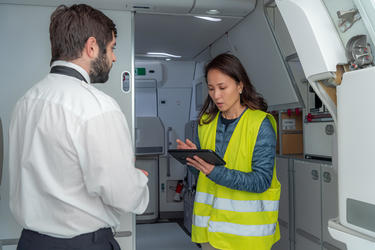
4. Lack of live information
Gate changes, route updates, plan revisions, and aircraft information all need to reach airport stakeholders immediately. When ground teams, control centres, and airport personnel rely on different communication channels, real-time information exchange becomes nearly impossible. Valuable time is wasted trying to contact the right person or team to resolve an issue. In contrast, communication platforms with automated features can instantly assign tasks to the appropriate responder. Without a shared collaboration platform, automatic alerts, task assignments, and status updates cannot be fully leveraged. Relying on legacy communication tools prevents airports from realising the full potential of seamless operations.
Real-life scenario: A flight is delayed, and the cleaning team is not informed in time. The team waits for the flight to land without performing tasks on other aircraft.
Agnet® Turnaround solves these challenges
Agnet Turnaround is a new-generation communication solution that invites all teams on the same communication platform, allowing different groups to connect instantly with the right stakeholder. By using this innovative solution, the different teams no longer need to waste time pondering how to reach any of the crucial operators in the fast-paced airport environment. By eliminating all the extra steps in the communication cycle, we can see clear improvements in reducing delays, taxi times, queues and disruptions in ground operations, such as luggage and cargo handling.
Based on the encrypted Agnet platform, Agnet Turnaround meets the highest level of security requirements that prevent compromised devices and unauthorised users from accessing the airport’s resources.
Agnet Turnaround offers automatic group creation based on the flight number for the turnaround. This automated feature enables live monitoring, facilitates easy tracking of relevant tasks and ensures that information always reaches the correct person right away.
The future calls for change. As the air transportation industry faces unprecedented challenges, balancing meeting air travel growth with environmental sustainability, we are propelled towards adopting revolutionary next-generation solutions. We are redefining air travel standards, marking the end of previous practices. Visit the Agnet Turnaround page to learn more.
